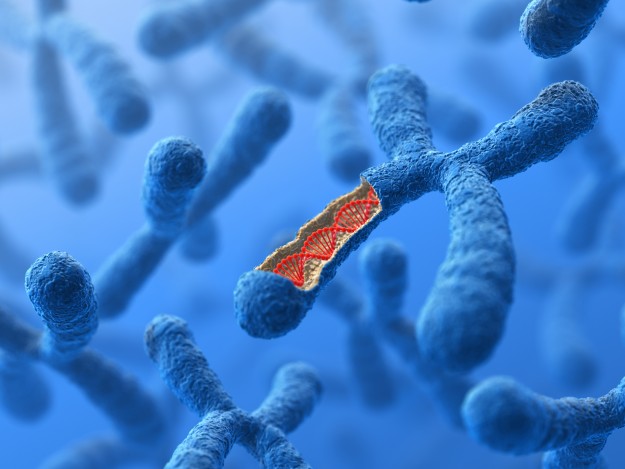Twenty-three. That’s how many annual medical tests and immunizations Johns Hopkins suggests for a man my age on its prevention guidelines webpage.
These recommendations span everything from blood pressure screenings to counseling for depression to seasonal flu vaccination. Hopkins bases these guidelines on information from the Centers for Disease Control, the U.S. Preventive Services Task Force, and the Office of Disease Prevention and Health Promotion, among other sources.
As an individual, I recognize the usefulness of this advice to help me prevent or manage medical conditions and generally improve my overall health. But are these recommendations truly universal? Our genetic makeup varies, we live in urban and rural environments, and we have different lifestyle habits (good and bad).
And so, as a clinician who’s also involved in international collaborative health, I want to discuss how—and if—we should transfer health guidelines to other countries to address the medical needs of diverse populations.
Global health is about figuring out how to deliver quality health care to everyone, everywhere, every day. So how do we strike the right balance between promoting preventive, population-based health, while still respecting the differences that make us individuals?
Depending on where we are in the world and who are ancestors were, differences in our genetic code may affect our susceptibility for certain diseases and conditions. Plus, we are constantly learning the vital role of environment and behavior to modulate (up or down) that genetic susceptibility. Researchers—including from Johns Hopkins—have conducted some fascinating studies on how genes and geography correlate in less-common diseases. We see this in the disproportionate rates of sickle cell disease in African and Mediterranean populations, cystic fibrosis in northern European populations, and diabetes in Middle East and Asian populations.
Research over the past 30 years has shown that the genetic code for humans around the world is 99 percent the same. There are certain diseases that clearly depend on our genetic code, such as Tay-Sachs disease. However, even identical twins have varying risks for disease, which indicates that the genetic code is inadequate for explaining other diseases.
Numerous environmental and cultural factors can influence who gets a disease and who doesn’t. For example, smoking, poor diet and lack of exercise become embedded in our habits and can cause a large number of diseases. And, it appears that many of these factors increase our risk of disease by changing the function of our genetic code, so-called “epigenetic” alterations.
Unlike our genetic code, however, these habits aren’t fixed. Overwhelming evidence suggests that changing people’s health-related behavior can have a major impact on some of the strongest causes of illness and death.
Interventions to change behavior—like well-defined, well-communicated health guidelines— have enormous potential to alter current patterns of disease. These guidelines can help inspire the motivation and discipline to promote a healthy lifestyle. There’s less guesswork in knowing what we need to do to be healthier because physicians and researchers have made great progress in understanding the interaction between lifestyle and health. And this information gives us baseline knowledge so we can ask our physicians pointed questions and be more active advocates for our health or the health of our loved ones.
Yes, we all have unique health habits and biologic risk for disease, and we live in different social, economic and environmental contexts, but having widely available, objective health information is valuable in preventing disease and promoting health. There are some truths we can generalize throughout the world.
At worst, people will ignore these guidelines. But in the best case, health information can help tremendously in our shared fight against the world’s biggest killers—cancer, cardiovascular disease and diabetes—collectively causing 26 million deaths globally each year.
